One of the most exciting games in Los Angeles this week won’t be featured at press conferences or on the showfloor.
Phoenix Point is the new tactical-strategy hybrid from Julian Gollop, the creator of the original X-COM, and we met yesterday to discuss its procedurally generated alien threats, simulated human factions and much more. Here’s the world’s first in-depth look at the game.
This is more than a remake of X-COM, that’s clear from the start. While the turn-based tactical combat looks a great deal like Firaxis’s take on the series, with destructible terrain and entirely procedural levels, the strongest and most exciting ideas in Phoenix Point might well be in the strategic layer, which combines elements of grand strategy with the lurking horror of Stephen King’s The Mist. Before digging into all of that though, here’s how the future looks. It’s not pretty.
Phoenix Point may be humanity’s last hope. An isolated settlement of survivors in a world that has gone to hell, it’s a peak rising above a tide of horrors that are threatening to consume what remains of humankind. Your task is to lead the ragtag band of people who have made Phoenix Point their home, at first ensuring that they survive by gathering food and other resources, and later by fighting back against the threats that surround them.
The game is set in 2046 and the last pockets of the human race are hiding in havens, scattered around the world. That’s because something went terribly wrong a couple of decades ago, when the melting of the permafrost released a long-dormant alien virus into the oceans. That virus is capable of mutating any species it comes into contact with, which leads to an initial wave of horrific aquatic creatures, reminiscent of Terror From The Deep, and eventually makes its way onto land.
The virus spreads under the cloak of a mist that you’ll be able to see spreading across the map. It plays a part in tactical combat as well as on the strategic Geoscape layer, and I’ll go into more detail about that later, but right now it’s best to think of it as both a cover system and a literal fog of war. It hides creatures and protects them, and represents both the presence of the alien hordes and a form of corruption that they’re spreading across Earth.
...
?





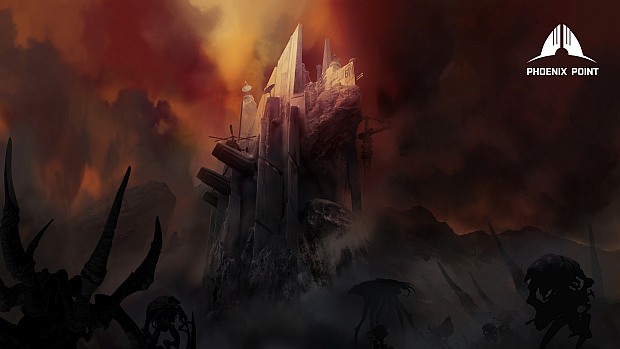
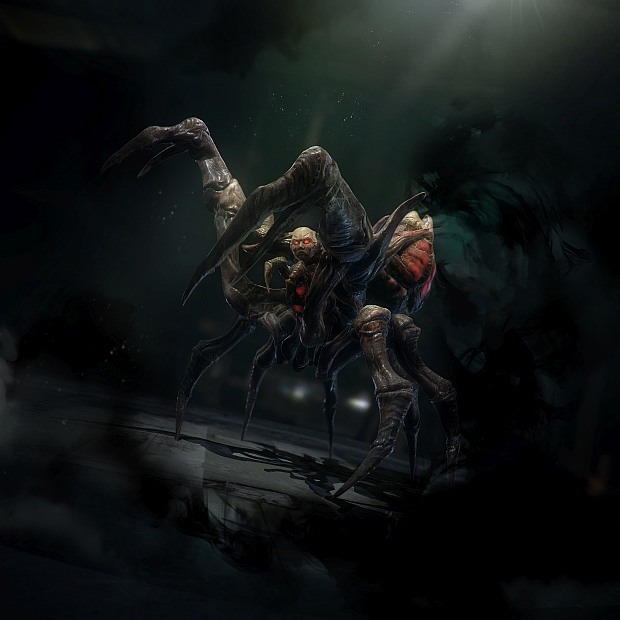
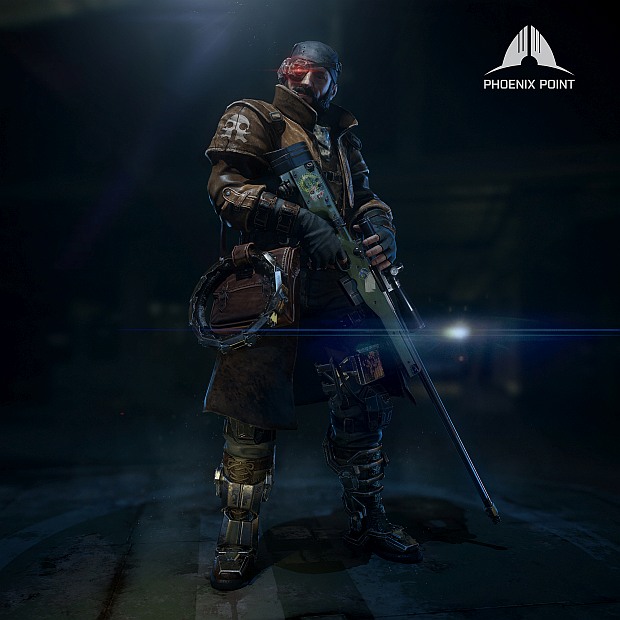
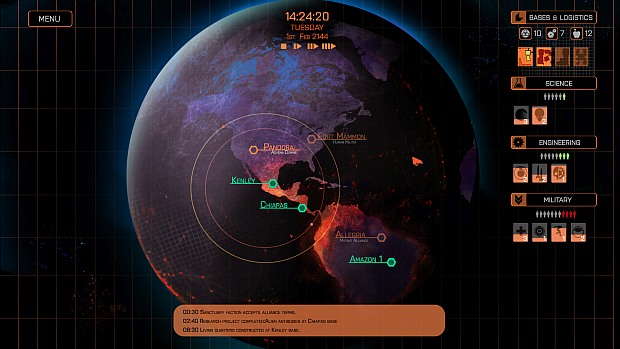
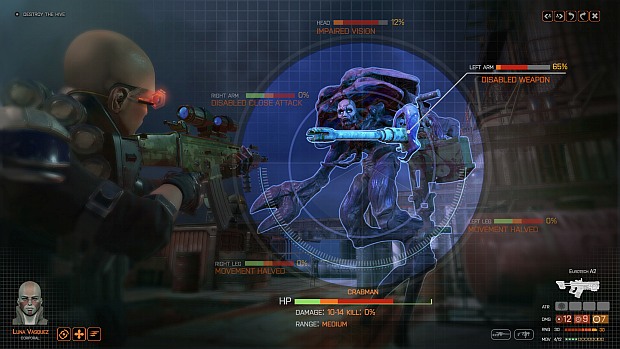
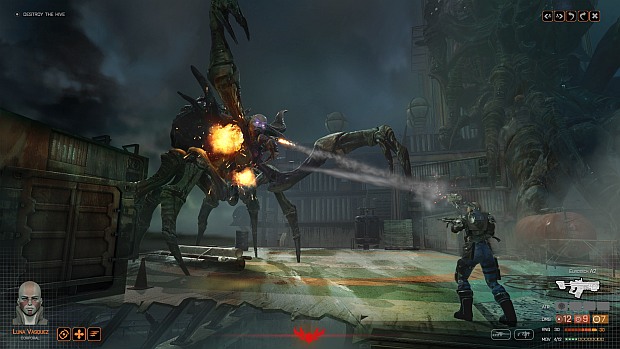
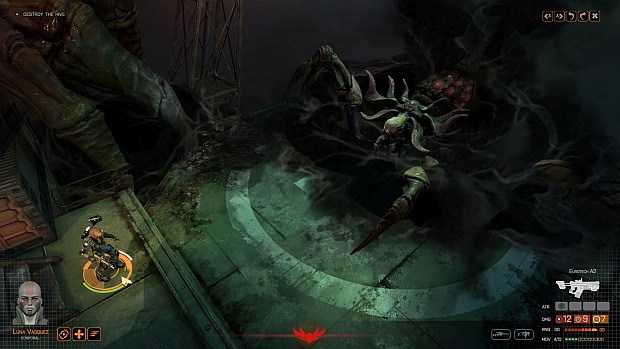

 Rispondi Citando
Rispondi Citando